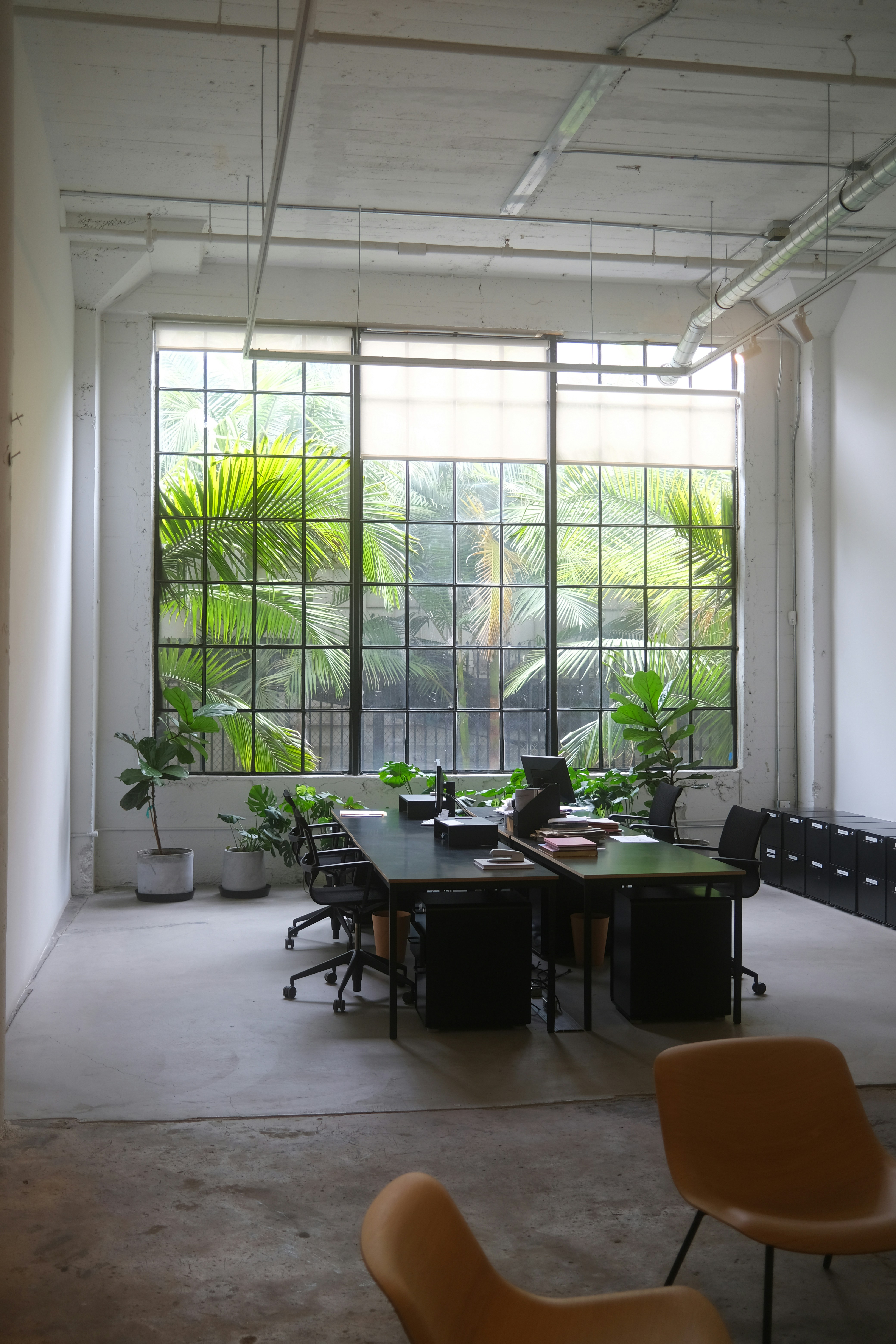Understanding Biophilic Design
Biophilic design is an innovative approach that emphasizes the intrinsic connection between human beings and the natural environment. The term “biophilia,” derived from the Greek words “bio” (life) and “philia” (love), encapsulates the idea that humans possess an inherent affinity for nature and natural systems. Biophilic design aims to create environments—in both residential and workplace settings—that enhance this connection, leading to improved well-being, creativity, and overall quality of life.
The principles of biophilic design are grounded in the integration of natural elements and environmental features into the built environment. This can include the incorporation of natural light, plant life, water features, and organic materials to mimic the experience of being in nature. The goal is to foster human-nature interactions that can enhance emotional and psychological health. These interactions can occur in numerous ways, whether through the visual connection with greenery through large windows, the soothing sounds of a water feature, or the use of natural textures in design.
Historically, the notion of biophilia and its related design practices have been around for centuries, often seen in traditional architecture that harmonizes with its natural surroundings. However, recent years have witnessed a resurgence in interest, propelled by growing environmental awareness and an understanding of the health impacts of our living and working habitats. Architects and urban planners are increasingly adopting biophilic design principles to create spaces that encourage sustainability and a balanced lifestyle. This evolution signifies a pivotal shift in how we envision our built environments, making biophilic design an essential consideration in modern architecture and urban planning.
The Psychological and Physical Benefits of Biophilic Design
Biophilic design incorporates elements of nature into architectural and interior environments, reflecting a growing recognition of its psychological and physical benefits. Numerous studies indicate that exposure to natural elements significantly reduces stress and anxiety levels among individuals. For instance, research published in the Journal of Environmental Psychology demonstrated that individuals working in environments enhanced with natural light and greenery reported lower cortisol levels, which is a common stress hormone. This connection highlights how biophilic design fosters a sense of calm and well-being, which can be invaluable in high-pressure settings.
Beyond stress reduction, biophilic design has been correlated with enhanced creativity and productivity. A study conducted by the University of Queensland found that workplaces designed with biophilic principles saw a marked increase in employee creative output. Natural elements, such as plants, flowing water, or the mimicry of natural textures, can stimulate the senses and inspire innovative thinking. Furthermore, when employees feel connected to nature, they tend to exhibit higher levels of engagement and commitment to their tasks.
The positive effects of biophilic design extend to emotional well-being as well. Environments rich in natural elements have been shown to improve mood, decrease feelings of depression, and enhance overall life satisfaction. A meta-analysis published in the International Journal of Environmental Research and Public Health underscored a strong link between greenery and improved emotional health, noting that individuals living in green urban environments typically report higher happiness levels.
Finally, it is crucial to acknowledge the physical health benefits associated with biophilic design. Natural light exposure, improved air quality from indoor plants, and reduced noise pollution contribute not only to enhanced mental health but also to better physical health outcomes, including lower blood pressure and improved immune function. As such, integrating biophilic design into our living and working environments can lead to holistic improvements in wellness for individuals and communities alike.
Understanding Biophilic Design Elements and Principles
Biophilic design centers around the intrinsic connection between human beings and nature. This design philosophy incorporates various elements that bring natural features into built environments, promoting well-being and enhancing the user experience. The fundamental principles of biophilic design include light, greenery, water features, and organic forms. Each element plays a crucial role in creating spaces that resonate with nature and foster harmony in both residential and commercial settings.
One of the most significant elements is natural light. Properly harnessed sunlight can enhance mood, increase productivity, and reduce stress levels. Design strategies such as large windows, skylights, and reflective surfaces can facilitate natural illumination, thereby blurring the boundaries between indoor and outdoor environments. In addition, the use of daylight-responsive lighting systems further optimizes the light element, providing an adaptable, human-centric approach.
Incorporating greenery is another essential component of biophilic design. Indoor plants, green walls, and outdoor gardens not only improve air quality but also contribute to psychological well-being. Strategies such as vertical gardens and roof gardens are particularly effective in urban settings where space is limited. These green features act as natural retreats, offering a respite from the fast-paced urban lifestyle.
Water features, whether it’s a small indoor fountain or a large outdoor pond, create a soothing ambiance that promotes tranquility. The sound and sight of water contribute to a serene environment, drawing individuals closer to nature. Furthermore, organic shapes mimic the forms found in nature and can be integrated into structural designs, furnishings, and landscaping. Utilizing curved lines and natural materials fosters a sense of continuity, making spaces feel more inviting.
Successful applications of biophilic design can be observed in various case studies worldwide, including the Eden Project in the UK and Bosco Verticale in Italy. These projects exemplify the thoughtful integration of natural elements, enhancing user experience and environmental harmony.
Implementing Biophilic Design in Your Space
Biophilic design enhances the connection between humans and nature, fostering a healthy and productive environment. To effectively implement biophilic design in your own space, whether it be a home, office, or public area, there are several actionable steps that can be taken. The first consideration should be the selection of natural materials. Utilizing materials such as wood, stone, and clay can establish a warm and inviting atmosphere. These materials not only reflect natural aesthetics, but they also contribute to enhanced acoustics and temperature regulation.
Maximizing natural light is another crucial aspect of biophilic design. Large windows, skylights, or light tubes can ensure that ample daylight penetrates interior spaces. Natural light not only brightens the room but also regulates circadian rhythms, thereby improving mood and productivity. If it’s difficult to let in adequate natural light, consider using lighter color palettes or reflective surfaces to enhance the luminosity of the space.
Integrating indoor plant systems is vital for creating a biophilic environment. Incorporating a range of plant species, from small herbs to larger potted trees, can improve air quality and create a sense of tranquility. Consider vertical gardens or green walls in areas where floor space is limited. These living elements add layers of texture and color, enriching the overall ambiance.
Water features also play an important role in biophilic design. Incorporating elements such as indoor fountains, aquariums, or even simple water bowls can stimulate the senses and add a soothing background sound. It’s essential to evaluate the effectiveness of these features in enhancing the overall environment. Solicit feedback from occupants about their experiences and perceptions after these elements are introduced.
For readers interested in further exploration of biophilic design, there are numerous resources available. Books such as “Biophilia: Connecting to Nature in Our Homes” by Stephen Kellert and websites dedicated to sustainable architecture and green design can provide deeper insights and guidance. Implementing biophilic design effectively requires thoughtful consideration and creativity, but the benefits to well-being and productivity are substantial.






